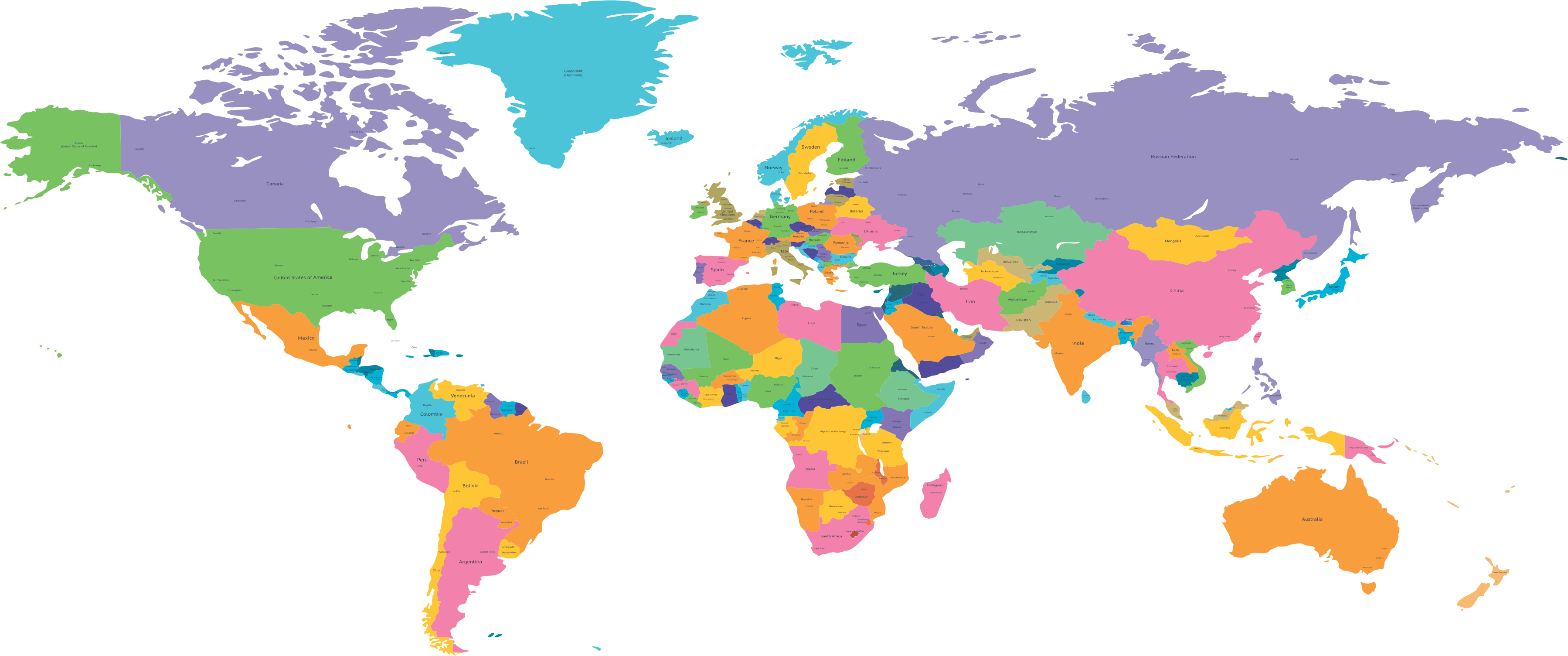Entrepreneurial Drivers of Business Model Innovation: The Role of Brand Innovation, Digital Advertising, and Customer-Centric Culture through Marketing Agility
DOI:
https://doi.org/10.55737/rl.2025.41086Keywords:
Entrepreneurial Drivers of Business Model Innovation, The Role of Brand Innovation, Digital Advertising, Customer-Centric Culture through Marketing AgilityAbstract
Entrepreneurship is fundamentally about creating value through innovation, opportunity recognition, and strategic risk taking. In today’s fast-paced and highly digitalized business environment, entrepreneurs must embrace agile marketing strategies and innovation driven practices to remain competitive. This study explores how Brand Innovation, Digital Advertising, and Customer Centric Culture as key entrepreneurial marketing drivers influence Business Model Innovation, with Marketing Agility acting as a mediating variable. Drawing on the entrepreneurial marketing and dynamic capabilities frameworks, this research examines data collected from small and medium enterprise (SME) founders and marketing heads in Pakistan. Structural Equation Modeling (SEM) is used to validate the hypothesized relationships. The findings are expected to demonstrate that these entrepreneurial capabilities not only directly influence business model innovation but also enhance adaptive marketing responses through agility. This study contributes to the entrepreneurial marketing literature by emphasizing how marketing agility enables entrepreneurial firms to continuously evolve and innovate their business models for sustainable growth.
References
Aaker, D. A., & Moorman, C. (2023). Strategic market management. John Wiley & Sons.
Apasrawirote, D., Yawised, K., & Muneesawang, P. (2022). Digital marketing capability: the mystery of business capabilities. Marketing Intelligence & Planning, 40(4), 477–496. https://doi.org/10.1108/mip-11-2021-0399
Arno, P. (2025). SME business agility framework: A comprehensive review of capabilities, dimensions, and enablers. IEEE Access: Practical Innovations, Open Solutions, 13, 91161–91181. https://doi.org/10.1109/access.2025.3572526
Ayeni, A. A. W. (2025). Entrepreneurial Abilities and Business Performance: Enacting Business Survival Paradigm from Electronics Informal Market, Nigeria. World, 6(2), 75. https://doi.org/10.3390/world6020075
Balzano, M., & Bortoluzzi, G. (2024). Cases of strategic agility. In Strategic agility in dynamic business environments: Unveiling foundations, current perspectives, and future directions (pp. 51-97). Springer.
Budhi, M. K. S., Lestari, N. P. N. E., Suasih, N. N. R., & Wijaya, P. Y. (2020). Strategies and policies for developing SMEs based on creative economy. Management Science Letters, 2301–2310. https://doi.org/10.5267/j.msl.2020.3.005
Burgess, B., & Shercliff, T. (2022). Account-based Growth: Unlocking Sustainable Value Through Extraordinary Customer Focus. Kogan Page Publishers.
Didonet, S., & Diaz-Villavicencio, G. (2020). Innovation management in market-oriented SMEs: learning and internal arrangements for innovation. International Journal of Organizational Analysis, 28(5), 985–1003. https://doi.org/10.1108/ijoa-09-2019-1885
Dropulić, B., University of Zagreb, Faculty of Economics & Business, Krupka, Z., & Vlašić, G. (2022). Brand equity in a digital age: Systematic literature review. Ekonomska Misao i Praksa, 31(1), 277–302. https://doi.org/10.17818/emip/2022/1.13
Gölgeci, I., Arslan, A., Dikova, D., & Gligor, D. M. (2019). Resilient agility in volatile economies: institutional and organizational antecedents. Journal of Organizational Change Management, 33(1), 100–113. https://doi.org/10.1108/jocm-02-2019-0033
Gupta, S., Leszkiewicz, A., Kumar, V., Bijmolt, T., & Potapov, D. (2020). Digital analytics: Modeling for insights and new methods. Journal of Interactive Marketing, 51(1), 26–43. https://doi.org/10.1016/j.intmar.2020.04.003
Junfeng, W., & Butkouskaya, V. (2024). The nexus of customer agility and sustainability performance across tourism firms of various sizes. Tourism Recreation Research, 1-13. https://doi.org/10.1080/02508281.2024.2424627
Kalaignanam, K., Tuli, K. R., Kushwaha, T., Lee, L., & Gal, D. (2021). Marketing agility: The concept, antecedents, and a research agenda. Journal of Marketing, 85(1), 35–58. https://doi.org/10.1177/0022242920952760
Kuik, S., Kumar, A., Diong, L., & Ban, J. (2023). A systematic literature review on the transition to circular business models for small and medium-sized enterprises (SMEs). Sustainability, 15(12), 9352. https://doi.org/10.3390/su15129352
Lüdeke-Freund, F. (2020). Sustainable entrepreneurship, innovation, and business models: Integrative framework and propositions for future research. Business Strategy and the Environment, 29(2), 665–681. https://doi.org/10.1002/bse.2396
Meng, J., Begum, M., Na, M., & Shah Alam, S. (2025). The impact of innovative culture on adaptive marketing and service innovation in hospitality: A strategic perspective. Journal of Quality Assurance in Hospitality & Tourism, 1–38. https://doi.org/10.1080/1528008x.2025.2509230
Pande, S. (2025). The Role of Entrepreneurial Narratives in the Building and Sustaining of Successful Enterprises. Digital Repository of Theses-SSBM Geneva.
Peñarroya-Farell, M., & Miralles, F. (2021). Business Model Dynamics from interaction with open innovation. Journal of Open Innovation Technology Market and Complexity, 7(1), 81. https://doi.org/10.3390/joitmc7010081
Prashantham, S. (2021). Partnering with startups globally: Distinct strategies for different locations. California Management Review, 63(4), 123–145. https://doi.org/10.1177/00081256211022743
Qiao, W., Huang, N., & Yan, Z. (2024). How to translate firm-generated content to sales? Evidence from online healthcare platforms. Journal of Management Information Systems: JMIS, 41(4), 1173–1197. https://doi.org/10.1080/07421222.2024.2415767
Rapozo, A. (2024). Building Bridges: An Investigation into Relationship Management between FinTech and SMEs and its Impact on the Dutch Loanable Funds Market. https://researchportal.northumbria.ac.uk/ws/portalfiles/portal/169499692/rapozo.aurelius_profdoc_19031915_.pdf
Rossetti, L. (2023). Internet of Things for industry 5.0: unlocking the potential behind Italy's transition 5.0 Plan. https://www.politesi.polimi.it/handle/10589/236202
Rrucaj, A. (2023). Creating and sustaining competitive advantage in the software as a service (SaaS) Industry: best practices for strategic management. https://www.theseus.fi/handle/10024/814887
Satornino, C. B., Allen, A., Shi, H., & Bolander, W. (2023). Understanding the performance effects of “dark” salesperson traits: Machiavellianism, narcissism, and psychopathy. Journal of Marketing, 87(2), 298–318. https://doi.org/10.1177/00222429221113254
Sestino, A., Leoni, E., & Gastaldi, L. (2024). Exploring the effects of digital transformation from a dual (internal vs external) marketing management perspective. European Journal of Innovation Management. https://doi.org/10.1108/ejim-09-2023-0794
Stalmachova, K., Chinoracky, R., & Strenitzerova, M. (2021). Changes in business models caused by digital transformation and the COVID-19 pandemic and possibilities of their measurement—case study. Sustainability, 14(1), 127. https://doi.org/10.3390/su14010127
Stepantseva, A. (2020). Digital Transformation of Business Models in the banking sector: a multiple case study/submitted by Stepantseva Anna.
Sudha, M., Chandra, S., Roy, S., Manimegalai, V., Priya, P. K., & Boopathi, S. (2025). Agile Approaches to Commercializing Agricultural Business: Strategies for a Dynamic Marketing. In Impact of Digital Transformation on Business Growth and Performance (pp. 579-610). IGI Global Scientific Publishing.
Sullivan, Y., Baylor University, Wamba, S. F., Dunaway, M., TBS Business School, & Morgan State University. (2023). Internet of Things and competitive advantage: A dynamic capabilities perspective. Journal of the Association for Information Systems, 24(3), 745–781. https://doi.org/10.17705/1jais.00807
Sutherland, W., Jarrahi, M. H., Dunn, M., & Nelson, S. B. (2020). Work precarity and gig literacies in online freelancing. Work, Employment & Society: A Journal of the British Sociological Association, 34(3), 457–475. https://doi.org/10.1177/0950017019886511




